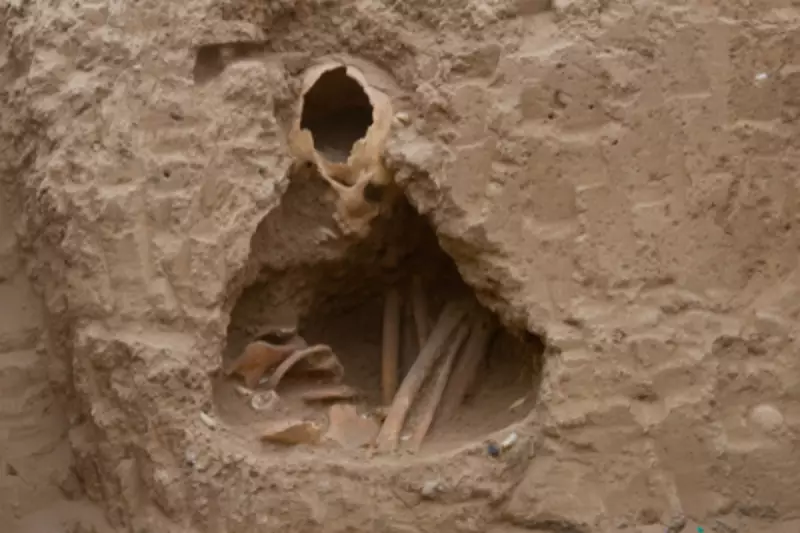
In a remarkable discovery that rewrites the history of dentistry, archaeologists have uncovered evidence of sophisticated dental procedures being performed nearly 11,000 years ago in Neolithic Syria. The findings reveal that early humans were drilling teeth with astonishing precision millennia before the advent of modern dental practices.
The Ancient Dental Workshop
Excavations at the site of Dja'de el-Mughara in northern Syria have yielded human teeth showing clear signs of intentional modification. Researchers identified multiple teeth with carefully drilled holes, some reaching depths of up to 3.5 millimetres. What makes this discovery particularly extraordinary is the evidence suggesting these procedures were performed on living patients, indicating a level of medical knowledge previously unattributed to Neolithic societies.
Sophisticated Stone Age Technology
The dental work displays remarkable technical proficiency. Analysis of the drill marks reveals consistent, circular patterns suggesting the use of specialized tools. Archaeologists believe Neolithic practitioners used bow-driven drills with flint tips, similar to those used for creating beads and other ornamental objects. The precision of these ancient procedures rivals that of modern dental work in its careful execution.
Beyond Simple Extraction
Unlike earlier discoveries that showed evidence of tooth extraction, these Syrian findings demonstrate a more advanced approach to dental care. The drilling appears to have served therapeutic purposes, potentially addressing tooth decay or abscesses. This represents a significant leap from simply removing problematic teeth to attempting to preserve them through intervention.
Rethinking Neolithic Medical Knowledge
This discovery challenges previous assumptions about the medical capabilities of early agricultural societies. The presence of such sophisticated dental practices suggests Neolithic communities had developed specialized knowledge that was passed down through generations. The skill required for these procedures indicates the possible existence of individuals who focused specifically on dental treatment within their communities.
A Window into Ancient Society
The dental findings provide unprecedented insight into the social structure of Neolithic settlements. The fact that community members received such careful dental attention suggests a value placed on individual health and wellbeing. Furthermore, the technical skill involved implies a level of social organization that supported specialization in medical practices.
As research continues, these ancient teeth promise to reveal even more about how our ancestors approached healthcare, pain management, and technical innovation in a world without modern medicine. The discovery stands as testament to human ingenuity and the long history of our pursuit of medical knowledge.





